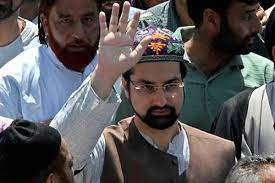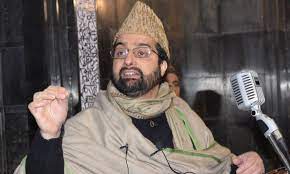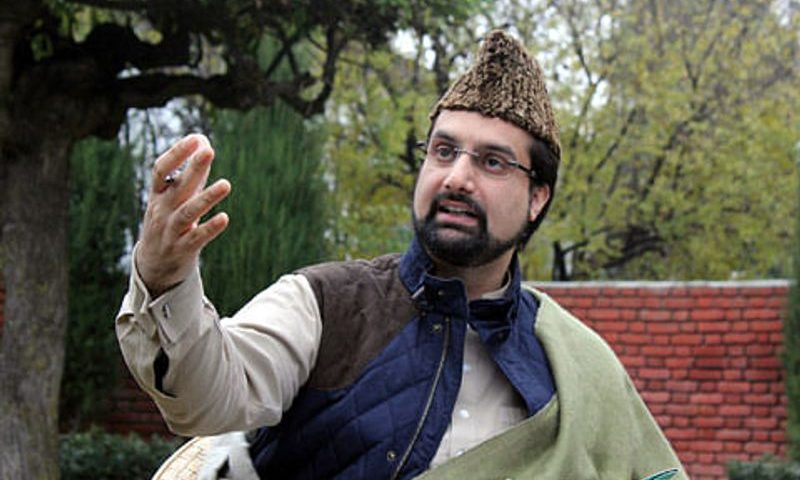Even as the BJP had cited worsening security situation for its pullout from the coalition government, four civilians including a minor girl have been killed by forces’ firing during past three days. Police records suggest at least 106 civilians died in forces’ firing near encounter sites since January 2017.
Security authorities are working on a joint strategy that would help forces avoid civilian deaths while dealing with protesters near encounter sites, DGP Shesh Pal Ved told Kashmir Post. He, however, did not share the details but insisted that the protests near encounter sites and the ensuing civilian deaths were a cause for concern. In the latest such incident in Shopian district a youth, Tamsheel Ahmed was killed in forces firing and more than 50 persons were injured when protestors tried to march toward the house where militants were hiding. Two Jaish-e-Muhammad militants were also killed in the encounter.
The civilian killings continue in Kashmir despite clear-cut directions passed by the Governor N N Vohra recently to the top brass of army and police. The Governor is said to have instructed the security brass to ensure zero civilian causality even during “extreme provocations by the protestors.”
One of the few major reasons that security agencies cite for frequent civilian killings during protests at the encounter sites is “intense stone pelting and protestors’ bid to get closer to the house where militants are holed up to help militants flee”.
According to official figures, 78 civilians were killed near encounter sites in 2017. As per the official figures, 42 civilians were killed in various militancy-related incidents since January 1, 2018, of whom 28 were killed in forces action during protestors bid to move closer to the encounter sites across Kashmir.
Director general of police J&K, Shesh Paul Vaid said that the killing of civilians at the encounter sites or for that matter in the street protests was a cause for concern. “We don’t want civilians to die,” he said adding “We are working out a joint security model to bring down the civilian causalities at the encounter sites to zero.” He said it is not feasible to reveal the contours of the model to the media.
The forces had last year formulated a strategy to increase the number of forces personnel involved in outer layer and middle-layer cordon. “Our layer cordon that comprises police and CRPF men are primarily responsible for dealing with the law and order situation. The close-contact cordon (third layer) is something that remains engaged directly with the militants,” a source said. “There is a possibility to increase the number of men involved in middle and outer layer cordon who can block the roads leading to gun-fight site.”
Police authorities admit that intense clashes mark almost every encounter in southern Kashmir. They believe, the daytime encounters witness large number of protestors and intensity of clashes is much more than that of encounters that take place during night hours. For police, the major concern is protestors’ decision to march towards gunfight sites knowing the fact that they can get killed.
A police official said that they had issued a series of advisories in the past but the people continue to violate them and still try to get closer to the house where bullets from every direction rain. “It is always difficult to ascertain whose bullet hit the protestor as at times, there is an intense firing on both sides,” said the officer who did not want to be quoted by name.
Inspector general of paramilitary CRPF (operations) Zulfikar Hassan said that civilian killings are not in the interest of any force. “The only thing is that people keep on coming closer to gunfight sites. Knowing that they can get killed, people protest and resort to clashes just to disturb the operations,” he said. Asked whether there was a need to modify the standard operating procedure (SoP), he said: “After every civilian killing, we keep on reviewing the situation. The question again is why people try to disrupt the anti-militancy operations at encounter sites.”
Meanwhile, The BJP on Tuesday termed a recent UN Human Rights Commission report on alleged human rights violation in Jammu and Kashmir as a “nefarious conspiracy” designed by Pakistan, following reports that a Canada-based Pakistani was in touch with the author of the report.
“Confession of the Canada-based Pakistani Imam, Zafar Bangash, shows that this report was in fact a nefarious conspiracy designed by Pakistan foreign office,” BJP spokesperson Sambit Patra said in a statement.
Sambit Patra was responding to the reports that Zafar Bangash has claimed that the United Nations Commissioner for Human Rights Zeid Ra’ad al-Hussein was in constant touch with him while preparing the report.
The report, which was released last month, by the United Nations Human Rights Commission is the first-ever report on alleged human rights violation in Kashmir and Pakistan-occupied Kashmir (PoK).
It demanded an international probe on the alleged rights violation in Kashmir.
“Pakistan stands exposed yet again. We had seen how Pakistan previously showcased fake photographs in UN on Kashmir and was rebuked by the UN. The stand of the Indian government is validated today,” he said on Tuesday.
Sambit Patra also demanded an apology from the people, including senior Congress leader Ghulam Nabi Azad, who were blaming the government for “deteriorating” situation in Jammu and Kashmir.






